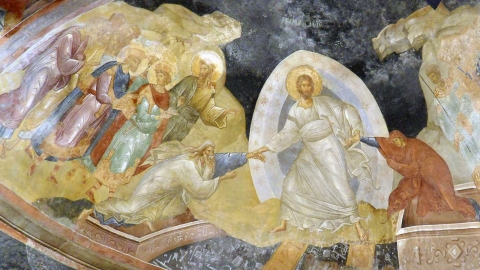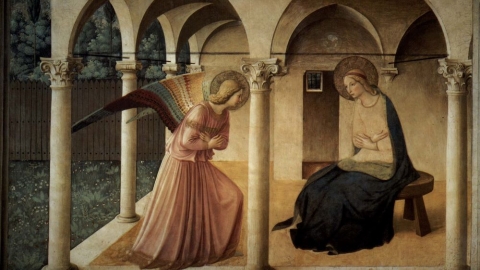UK: Spotlight on Catholic Resistance to Anglicanism in the 16th Century

Oxburgh Hall
The restoration of an imposing mansion in the Norfolk region (eastern United Kingdom) sheds new light on a family that remained steadfastly faithful to the Catholic faith, at a time when the persecutions caused by the incipient Anglican Reformation bloodied the kingdom.
Oxburgh Hall seems straight out of a Jane Austen story: surrounded by a moat filled with water, the imposing residence has, since the 15th century, spread out in three majestic wings, visible from all the surrounding countryside. This has been – since its origin - the fiefdom of the Bedingfelds.
The family occupied a prominent position in the Tudor royal court in the 16th century, but was ostracized after Sir Henry Bedingfeld refused to sign the Act of Uniformity of 1559, forcing all subjects of the kingdom to accept Anglican liturgical reform on pain of heavy fines.
The Bedingfelds then courageously chose to remain faithful to their faith and to the Catholic Mass of their childhood, not hesitating, at the risk of their lives, to shelter the nonjuring clergy in the many secret passages of their vast home.
Like its owners, the manor has also suffered the ravages of time, to the point that a large-scale restoration has been deemed necessary. The emergency: restore the roof. The project, amounting to £6 million (6.5 million euros), was launched in 2020.
When the lockdown was ordered last March by the British government, one of the workers, archaeologist Matt Champion, obtained authorization to continue his work.
And it was there, while digging with his fingertips in old rat holes located in the northwest corner of the manor, that the specialist brought to light several hundred objects, including musical scores dating from the 16th century.
But the most astonishing discovery is that of a fragment of an illuminated manuscript dating from the 15th century buried in an unexplored corner: the architect’s eye was then drawn to the intact blue and gold glow of the initials of the parchment. It is believed that the manuscript, too, may have been used during clandestine masses organized by the Bedingfeld family.
With the gradual deconfinement allowing the teams to return to Oxburgh Hall, one last discovery has been made: that of an almost intact book bearing the title of King’s Psalms.
The work, which was found in a crevice in the attic, was written by St. John Fisher, the Roman Catholic bishop of Rochester, executed on the orders of Henry VIII in 1535, for opposing his divorce from Queen Catherine of Aragon, and his “remarriage” to Anne Boleyn.
Until now, the only known copy of this book may be found in the British Library.
For Russell Clement, the managing director of Oxburgh Hall, who evaluates the discoveries made on August 18, 2020, there is no doubt: “all these objects constitute so many vestiges confirming the history of this refuge-manor of a pious Catholic family, who has preserved the faith through the centuries.”
Related links
(Source : Catholic News Agency - FSSPX.Actualités)
DeFacto / CC BY-SA (https://creativecommons.org/licenses/by-sa/4.0)





